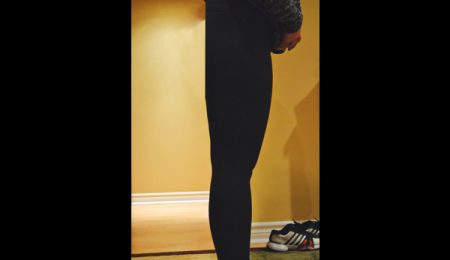Get your body back
Photo Credit: Remi Yuan
Now that the temperature’s heating up, your anxiety about summer might also be on the rise. So, spring is the perfect time of year to get in gear, and work towards your summertime fitness ambitions.
For most students, summer means working to make up the tuition cost for the next year of school. But in between, there’s a lot of lounging on the beach in shorts, training for 10-kilometre runs, or other outdoor physical activities.
Rather than resorting to dangerous quick fixes and crash diets in June—most of which lead to general unhappiness and relapses— slowly transitioning into healthy living during March will leave you with long-term habits and a body you can be proud of. Here’s a list of tips and tricks that will help you get back in shape and ready for the sun.
Start slow. Transitioning into healthy living is especially difficult at first. It’s easy to say you’ll give up eating junk food entirely, but when most of your diet is composed of processed foods, that can be quite the feat to accomplish all at once. Instead, allow yourself a snack or two per day and slowly you’ll be able to eliminate junk altogether. The same advice can be applied to exercise. If you decide you’re going to start running a marathon every week when you’ve never run more than five kilometres, it’ll be easy to get discouraged when you fall short. If you take your time, daily exercise will become a habit rather than a phase, and the results will speak for themselves.
Be realistic. Beach days are still a ways away, but it’s important to set achievable goals. While three months is adequate time for “cutting season,” setting a goal of losing 50 pounds in that time is unrealistic and dangerous. Work with your body to find a pace that works well for you.
Calories in, calories out. Calories consumed must be fewer than calories lost. This may seem like a basic concept, but unless tracked well, it’s easy to get off track. A few chips or two slices of pizza later and you may well have consumed your entire workout for that day. To lose one pound, you must have a deficit of 3,500 calories, or on average 500 calories per day for a week. 80 per cent diet, 20 per cent exercise.
Make a plan and stick to it. Take advantage of the warmer weather. Find an activity you enjoy and aim for at least an hour of exercise three times a week. As for diet, aim for a caloric deficit of around 300 to 500 calories a day and keep track of what you eat. Some useful applications such as Calorie Count and MyFitnessPal are free and useful for helping you log your food and exercise, and they provide a support group for people with similar goals that can help you stay motivated.





